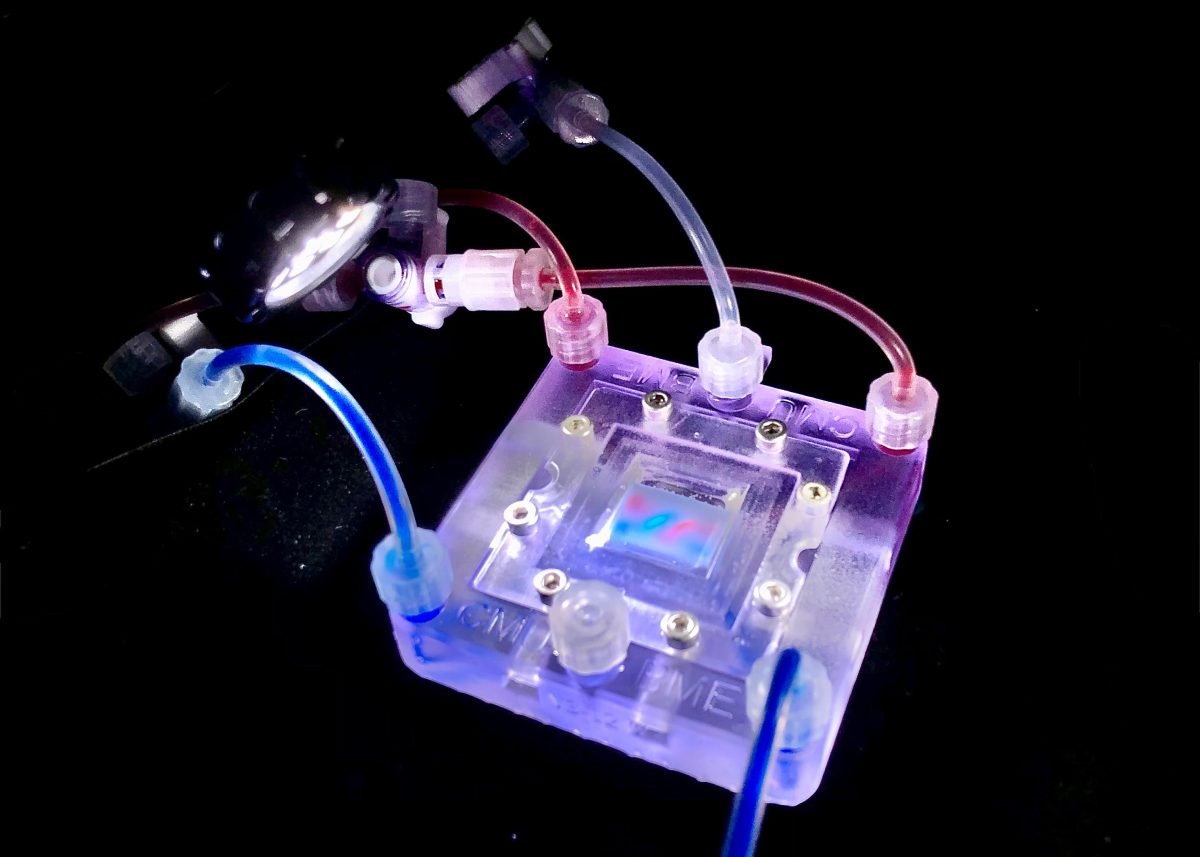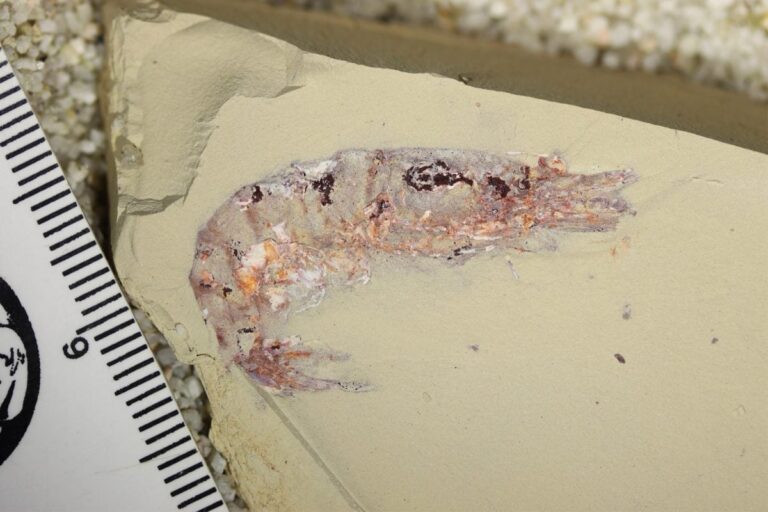Printing the Future of Life: How 3D Collagen Scaffolds Grow Real Tissues
In the rapidly evolving world of biotechnology, 3D collagen scaffolds are emerging as a groundbreaking innovation that could reshape the future of medicine, regenerative therapies, and tissue engineering. Scientists are now able to grow real tissues in laboratories, paving the way for solutions to organ shortages, faster wound healing, and advanced research models.
In this article, we’ll dive deep into how 3D printing with collagen is helping to grow living tissues, the technologies behind it, and the exciting future this innovation promises.
What Are 3D Collagen Scaffolds?
Collagen is the most abundant protein in the human body, providing structural support to skin, bones, tendons, and connective tissues. In 3D bioprinting, collagen scaffolds act like a supportive framework where cells can attach, grow, and form new tissues, much like how vines climb a trellis.
3D collagen scaffolds are meticulously engineered structures that mimic the body’s natural extracellular matrix (ECM). Through bioprinting technology, scientists print layers of collagen in intricate patterns, creating a “blueprint” where real cells can be seeded and nurtured.
Key Features of 3D Collagen Scaffolds:
Biocompatibility: They are naturally accepted by the human body.
Biodegradability: Over time, scaffolds degrade harmlessly as the real tissue grows.
Customizability: Scaffolds can be designed for specific organs, injuries, or patient needs.
Porosity: Carefully structured pores allow oxygen and nutrients to feed growing tissues.
How 3D Collagen Scaffolds Help Grow Real Tissues
The process of growing tissues with 3D collagen scaffolds is a fusion of biology and engineering. Here’s how it typically works:
Design and Printing:
Using computer models, scientists design the desired scaffold architecture. 3D printers layer collagen hydrogel with incredible precision to build the structure.
Cell Seeding:
Cells, such as stem cells or specific tissue cells, are introduced into the scaffold. These cells settle into the framework, much like seeds planted in fertile soil.
Culture and Growth:
In bioreactors—controlled environments that simulate body conditions—cells are fed with nutrients, oxygen, and growth factors, encouraging them to divide and organize into functional tissues.
Maturation:
Over days or weeks, the cells grow, connect, and mature into living tissue. Meanwhile, the collagen scaffold gradually degrades, leaving behind only natural tissue.
This technology has already demonstrated success in creating skin grafts, cartilage patches, and vascular tissues, among others.
Applications of 3D Collagen Scaffold Technology
The implications of 3D collagen scaffolds are vast across several fields:
1. Organ Regeneration
Imagine a world where people no longer have to wait years for organ transplants. With bioprinted collagen scaffolds, scientists are inching closer to printing functional parts of kidneys, livers, and even hearts.
2. Wound Healing and Skin Grafts
Burn victims and trauma patients benefit from bioengineered skin grown on collagen scaffolds, offering faster healing, reduced scarring, and better integration with surrounding tissues.
3. Cancer Research and Drug Testing
Instead of testing drugs on animals, researchers can now grow human-like tissues in the lab. This leads to better, more ethical drug testing and personalized medicine approaches.
4. Orthopedic Solutions
From repairing cartilage damage to creating synthetic bones, 3D collagen scaffolds provide the foundation for bone and joint regeneration, reducing the need for invasive surgeries.
Latest Advances in 3D Bioprinting with Collagen
Several biotech companies and research institutions are pushing the boundaries of 3D collagen bioprinting:
Volumetric bioprinting techniques allow the creation of complex structures in seconds rather than hours.
Hybrid scaffolds that combine collagen with other biopolymers enhance mechanical strength for harder tissues like bones.
Cell-laden printing embeds living cells directly into printed collagen structures, streamlining the growth process.
CRISPR and genetic engineering are being used to program cells seeded into scaffolds for more controlled growth outcomes.
Challenges and Future Outlook
Despite the excitement, growing real tissues with 3D collagen scaffolds faces challenges:
Vascularization:
Creating blood vessels within thick tissues remains complex, yet it’s critical for large organ survival.
Mechanical Strength:
Some tissues, like bones or heart muscles, require stronger materials alongside collagen.
Regulatory Hurdles:
Clinical approvals for human implantation take years, ensuring safety and efficacy.
However, with relentless research, artificial tissues grown from collagen scaffolds could become commonplace in healthcare within the next decade. Scientists envision a future where organs-on-demand are printed as easily as boarding passes, transforming how we approach disease, aging, and injuries.
Conclusion
3D collagen scaffolds represent a monumental leap toward printing real life. By combining the natural building blocks of the body with cutting-edge 3D bioprinting technologies, researchers are growing real, functional tissues that could one day save millions of lives.
From healing wounds to regenerating organs, the possibilities are limitless. As this technology matures, the dream of printing living tissues—and perhaps entire organs—moves from science fiction to scientific fact.
The future of life isn’t just growing. It’s being printed.
tag for SEO that you could use if you’re posting this on a website?
It’ll help

















+ There are no comments
Add yours